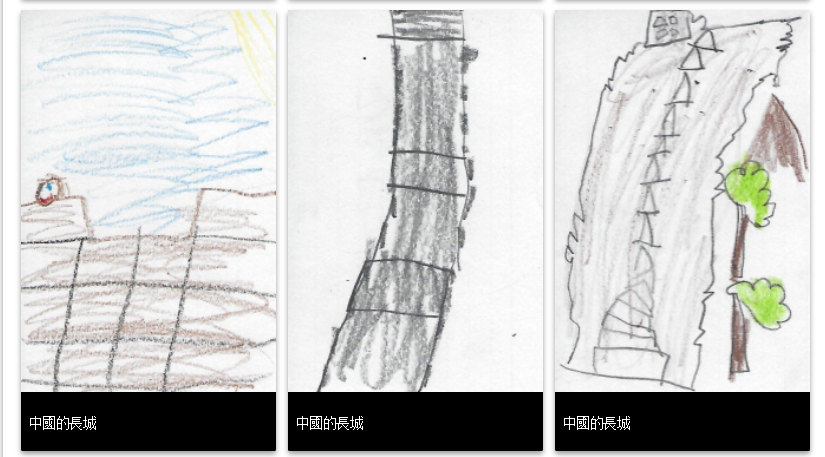This lesson is for : Grade 8:
Summary
Understanding political cartoons is a challenge for most students. In this lesson, students will find examples of the three types of cartoons (opposing views, holding leaders accountable, and selected issues), they will analyze those cartoons for meaning, and then they will create a digital collage to illustrate their understandings. The final step in the lesson will be a class gallery walk of student artifacts. Students will be able to look, comment, and reflect on both their own work and the work of others.
TIPC Ratings
Research & Information Fluency
Rating: Not Observed – Explanation: This lesson was not focused on this category.
Communication & Collaboration
Rating: Not observed – Explanation: This lesson was not focused on this category.
Critical Thinking & Problem Solving
Rating: Ideal – Explanation: Although this lesson did not focus on this category, I feel that it reached the ideal target range, as my students had to scrutinize three very different political cartoons. Students were asked to not only identify and describe the message of the cartoon, but they also had to determine how they felt regarding each message. In addition, my students had to pick out various symbols within the cartoons and interpret the idea behind each symbol. After choosing the digital tool they felt was most appropriate for their project and using it to complete the collection, students were then asked to reflect upon several aspects of their project. The reflection questions asked students to not only express their beliefs about the importance of political cartoons, but it also pushed students to understand what was most difficult about the project and to identify what areas they could have improved on for this project. These questions also asked students to reflect upon the projects of their peers by going to Google classroom and viewing other projects on the classroom stream. Students were asked to identify which projects they liked best and to explain what stood out to them about that project. In this way, throughout the entire project, students were consistently asked to compare and contrast cartoons, critically evaluate their own work, and constructively analyze the projects of the other students.
Creativity & Innovation
Rating: Ideal – Explanation: I felt that I met the ideal target for this category as my students combined their existing knowledge regarding traits of various political cartoons with their own self-generated ideas of what a political cartoon should look like and how it fits into each category. I asked students to then take this combination of information and design a product with words and pictures, using a technological tool of their very own choosing, thus leading students to work beyond the assignment parameters. By allowing students this freedom in the design of their products, both the students and I took a risk as we maneuvered through various unfamiliar technologies. I used the chat feature in google docs to frequently chat with students regarding the creation of their charts and collages so we could together handle any challenges that arose. Once students had finished their chart and collage, I asked students to go back and reflect upon their assignment as well as the assignments of the other students in the classroom. I gave students the opportunity to take pride in their work, admit what challenged them during the assignment, and set goals for even more innovative projects in the future.







